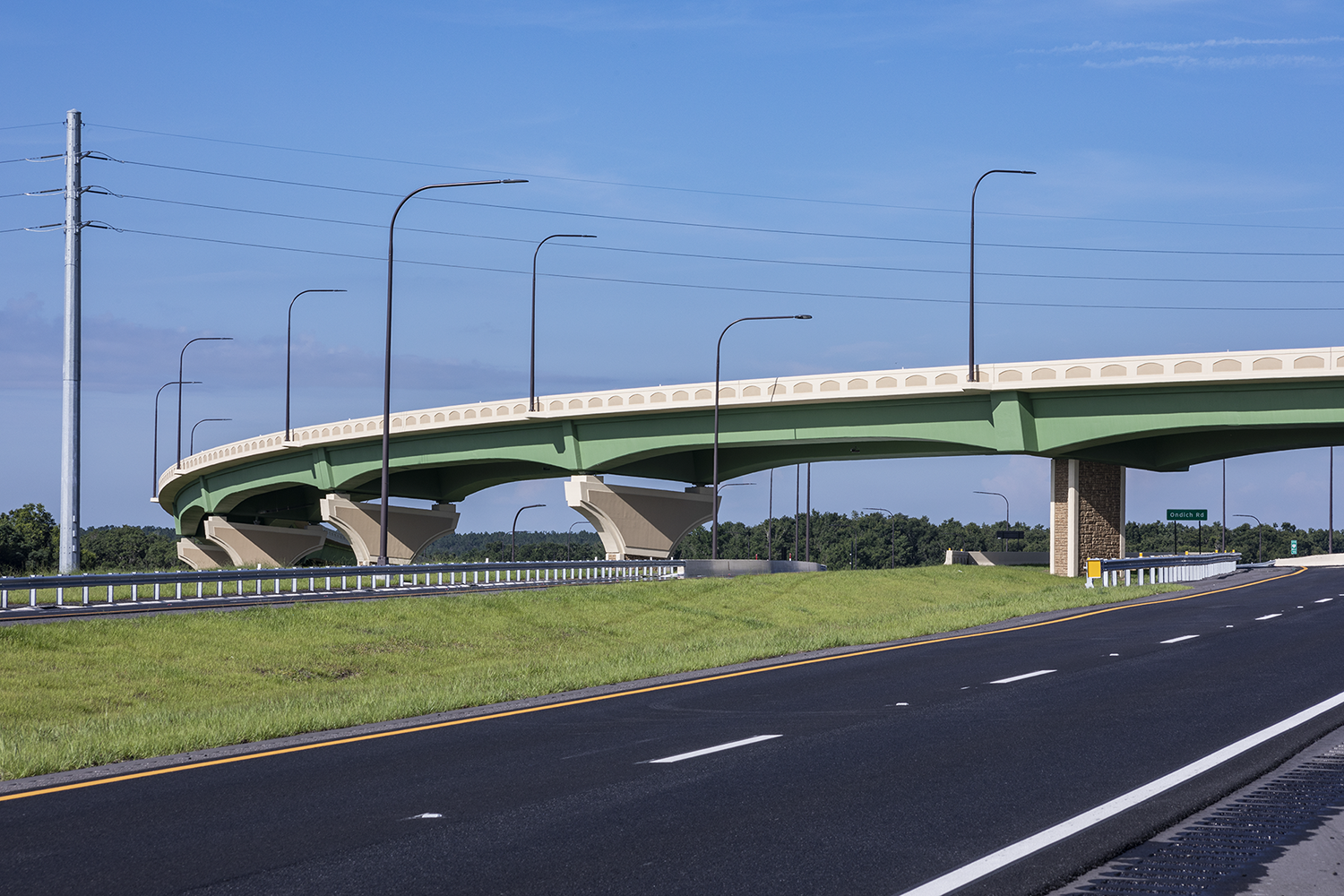There are currently over 617,000 bridges in the United States, 12,355 of which are in Florida, that carry millions of travelers every day. Many of these bridges are considered to be in poor or damaged condition with Florida being home to 265 “structurally deficient” bridges. Transportation clients are now facing the issue of replacing or repairing these bridges as quickly, but safely as possible. Precast concrete can be the solution for updating the country’s bridges because it improves quality while remaining inexpensive over the long run.
Types of precast bridge components
Precast can be used to construct virtually any part of a bridge. From the superstructure to the substructure, precast components help make bridges structurally sound while also providing aesthetic versatility when needed.
Superstructure precast bridge components include:
Flat slabs
Adjacent Boxes
Pretensioned Beams
Extending Span Ranges and Span Girders
Curved Girders
Substructure precast bridge components include:
Precast End Bents
Piles and Pile Bent Caps
Water Line Pile Caps with a CIP Column
Precast Columns
Pavement Slabs
Sound Walls/Noise Barriers
Over the years, specific precast components have been developed to help make bridge construction more efficient. The NEXT Beam was developed by the DOTs in the Northeast along with consultation from precast concrete producers. Its main function was to serve as a solution to the need for an improved, high performing precast concrete beam. The NEXT Beam is able to meet the most common bridge construction obstacles in an efficient way.
Another precast component that is being used with increased frequency in bridge construction is precast concrete pavement. These precast slabs can be used in place of traditional asphalt pavement to increase a bridge deck’s lifespan and reduce construction times.
To combat the issue of the rising number of unsafe bridges in the United States, the FHWA and consultants from various industries developed accelerated bridge construction, or ABC, methods to reduce time spent constructing bridges while maintaining safety. ABC involved constructing precast bridge components offsite and then delivering those components onsite for erection. Precast along with ABC methods has greatly reduced construction schedules and helped reduce many of the common projects that arise during conventional bridge construction. Read more about ABC and precast concrete bridge components here.
Benefits
Precast bridge components take less workers in order to erect on site making is safer for both the workers on site and the traveling public within the project site. Precast is also erected quicker than other traditional construction materials meaning producers can meet the often accelerated schedules for bridge construction without sacrificing quality. Precast concrete bridge pieces are produced in quality controlled environments not affected by external forces such as weather, meaning they can be produced year round and help projects stay on schedule. PCI producers are certified and follow stringent quality standards set forth by PCI to ensure they are producing safe, efficient precast components. Because the quality of PCI certified precast is so high, transportation clients know they are getting a product that will not only provide the structural and architectural support needed to construct their bridges, but also a product that will result in lower future maintenance costs and fewer future bridge shutdowns for repairs.
Precast Bridge Case Study
The Wekiva Parkway Interchange is an innovative bridge is the first in the state of Florida to utilize haunched, curved, post-tensioned concrete u-beams. The spliced precast U-beams provided functionality with a cost-effective solution that lowered profiles with haunched girders, leading to shorter columns and minimal fill material at the approaches.
Precast concrete is a safe and cost-effective construction material that can be used to help DOTs and other transportation clients replace and repair their bridges quickly without sacrificing quality. Through the combination of precast and newer design strategies such as ABC methods, precasters and transportation clients can work together to provide safer, longer lasting bridges for the country and its traveling public.


